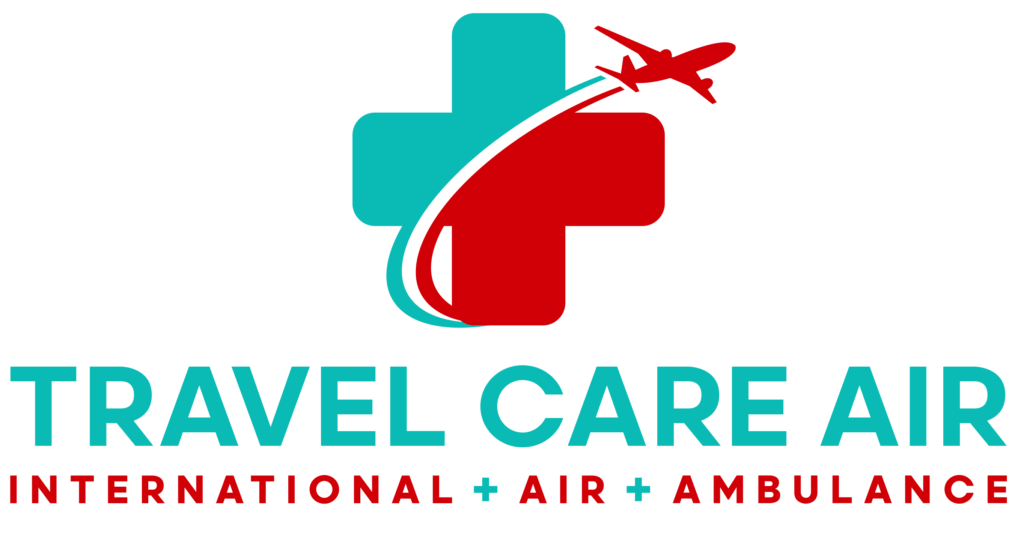ACA air ambulance costs can feel confusing. This quick guide explains how the Affordable Care Act (ACA) influences pricing, coverage, and what you can do to control out-of-pocket expenses.
The ACA in a Nutshell (Why It Matters)
The Congressional Budget Office projected lower overall ACA spending than first expected, in part because exchange plans manage networks and treatment more tightly. Those dynamics can touch ACA air ambulance costs through plan design, prior authorizations, and payment rules.
Medicare Boosts Written Into the ACA
The ACA authorizes add-ons to Medicare air-medical reimbursement: roughly +2% in urban areas and +3% in rural or “super-rural” zones. These adjustments aim to keep access available across long distances and sparse regions, which can stabilize operations and, indirectly, patient access.
Want a broader cost primer? See Air Ambulance Cost Guide and How Much Does an Air Ambulance Cost?.
How Exchange & Private Plans Affect Your Bill
Plans sold on ACA marketplaces often:
-
Limit networks and require prior authorization for non-emergent transfers.
-
Apply medical-necessity rules (air vs. ground, nearest appropriate facility).
-
Set coinsurance after the deductible—even when approved.
Coverage levels vary widely. One carrier may cap air transport near a fixed dollar amount; another may mirror Medicare’s “nearest appropriate facility” rule and pay more when criteria are met. Always read the Evidence of Coverage.
Start comparisons here:
Practical Ways to Reduce Out-of-Pocket Costs
-
Document necessity. Ask the physician to state why air—not ground—transport is required and why the destination is the nearest appropriate facility.
-
Verify network/assignment. In emergencies you may not choose the provider, but when you can, confirm Medicare assignment or in-network status.
-
Get a written estimate. Ask for base rate, mileage or block time, clinical level (BLS/ALS/CC), ground legs, and potential add-ons.
-
Check plan rules early. For non-emergent moves, confirm preauth requirements and any dollar caps.
-
Consider alternatives. Stable patients sometimes qualify for a lower-cost commercial medical escort.
What to Expect on the Bill
Your charges typically reflect aircraft type, distance, clinical level, ground transfers, after-hours ops, and international permits (if applicable). For a clear breakdown, review:
Bottom Line
The ACA reshaped plan designs and Medicare payments, and those shifts influence ACA air ambulance costs. You can still control a lot: document medical necessity, confirm coverage details, and get transparent estimates before non-emergent transfers.
